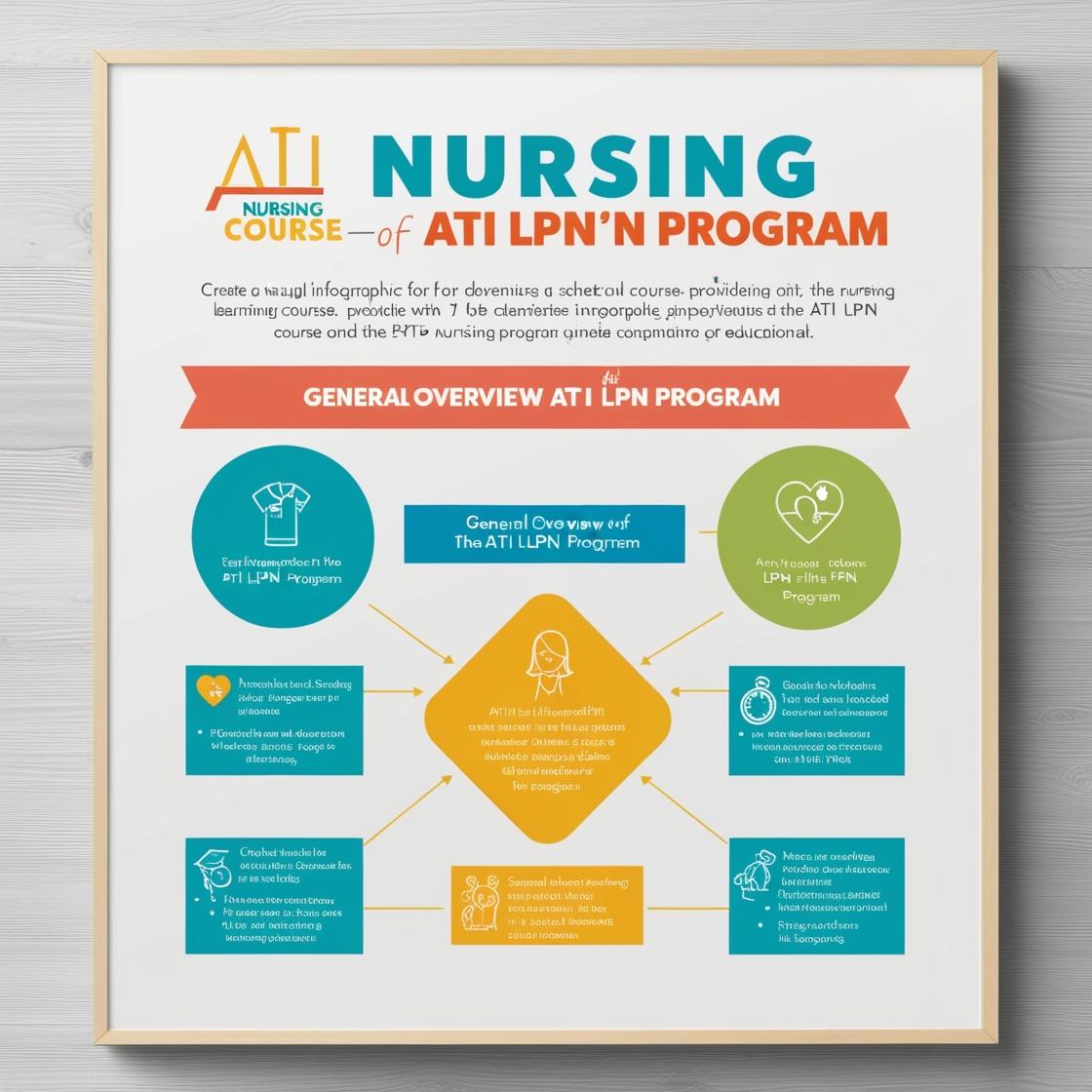LPN LPN
PN ATI Comprehensive Predictor
1. A client is being cared for by a nurse with dehydration. What is the priority intervention?
- A. Administer antiemetics to reduce nausea
- B. Encourage the client to drink oral rehydration solutions
- C. Monitor the client's fluid and electrolyte levels
- D. Administer intravenous fluids
Correct answer: C
Rationale: The correct answer is to monitor the client's fluid and electrolyte levels. When caring for a client with dehydration, it is crucial to assess and monitor their fluid and electrolyte status to guide appropriate interventions. Administering antiemetics may help with nausea but does not address the underlying issue of dehydration. Encouraging the client to drink oral rehydration solutions is beneficial but may not be the immediate priority if the client is severely dehydrated. Administering intravenous fluids may be necessary based on the assessment of fluid and electrolyte levels, making monitoring these levels the priority intervention.
2. What are the risk factors for deep vein thrombosis (DVT) and how can it be prevented?
- A. Immobility and oral contraceptive use
- B. Pregnancy and smoking
- C. Obesity and varicose veins
- D. Hypertension and high cholesterol
Correct answer: A
Rationale: The correct answer is A: Immobility and oral contraceptive use. Immobility and oral contraceptive use are significant risk factors for deep vein thrombosis (DVT). Immobility leads to blood stasis, increasing the risk of clot formation, while oral contraceptive use can promote hypercoagulability. Prevention strategies for DVT include promoting mobility to enhance blood circulation and using anticoagulants to prevent clot formation. Choices B, C, and D are incorrect. While pregnancy and smoking can increase the risk of DVT, they are not the specific factors mentioned in the question. Similarly, obesity and varicose veins, as well as hypertension and high cholesterol, are not the primary risk factors associated with DVT.
3. A nurse is caring for an infant who is receiving IV fluids for dehydration. Which of the following should the nurse recognize as a positive response to the therapy?
- A. Tachycardia
- B. Hypotension
- C. Increased urine output
- D. Diarrhea
Correct answer: C
Rationale: Increased urine output is a positive sign that the IV fluids are effectively treating dehydration. Tachycardia (choice A) and hypotension (choice B) are signs of dehydration and would not be considered positive responses to therapy. Diarrhea (choice D) can worsen dehydration and is not a positive response to IV fluid therapy.
4. A nurse is providing discharge instructions for a client using home oxygen. What is the most important safety measure?
- A. Store oxygen tanks in a closet when not in use
- B. Ensure that oxygen tanks are kept upright and away from heat sources
- C. Allow family members to smoke in designated areas
- D. Restrict fluid intake while using oxygen
Correct answer: B
Rationale: The correct answer is B: Ensure that oxygen tanks are kept upright and away from heat sources. This is the most important safety measure to prevent accidents related to home oxygen use. Storing oxygen tanks in a closet when not in use (choice A) is not recommended as they should be stored in a well-ventilated area. Allowing family members to smoke in designated areas (choice C) poses a significant fire hazard. Restricting fluid intake while using oxygen (choice D) is not a safety measure related to oxygen use.
5. A client has a history of oliguria, hypertension, and peripheral edema. Current lab values are: BUN - 25, K+ - 4.0 mEq/L. Which nutrient should be restricted in the client's diet?
- A. Protein
- B. Fats
- C. Carbohydrates
- D. Magnesium
Correct answer: A
Rationale: In clients with oliguria, hypertension, and peripheral edema, protein should be restricted in the diet to reduce the workload on the kidneys. Excessive protein intake can lead to increased BUN levels, which can further stress the kidneys. Restricting protein can help prevent further kidney damage. Fats, carbohydrates, and magnesium do not directly impact kidney function in the same way as protein does, making them incorrect choices in this scenario.
Similar Questions

Access More Features
ATI LPN Basic
$69.99/ 30 days
- 50,000 Questions with answers
- All ATI courses Coverage
- 30 days access @ $69.99
ATI LPN Premium
$149.99/ 90 days
- 50,000 Questions with answers
- All ATI courses Coverage
- 30 days access @ $149.99
